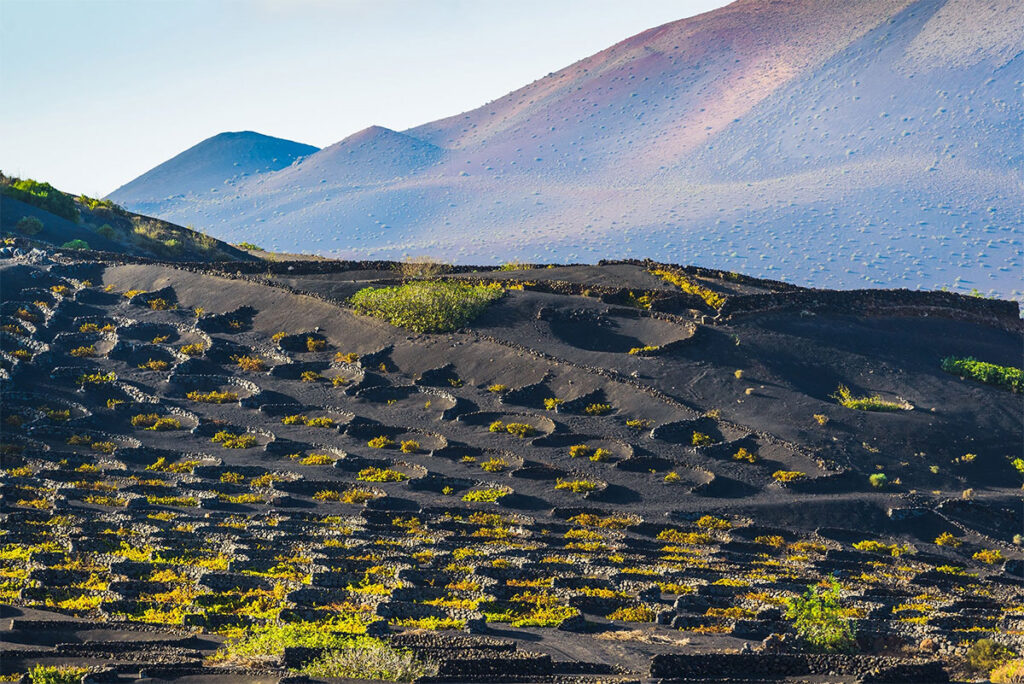Volcanic Wines and Why They Are Growing in Popularity

Volcanic wines are an increasingly popular category of specialty wines, and therefore any wine enthusiast worth their salt should be aware of these wines and their unique production process. To investigate and appreciate the distinctive qualities of volcanic wines, it’s particularly useful to sample these wines and compare them to a variety of other wines. To do so, you can attend wine-tasting events or subscribe to a service that allows you to regularly receive new bottles.
The unique characteristics of the topography and soil content in volcanic regions can produce distinctive grapes that can then become unusual, flavorful wines. While the specific attributes of the wine may vary depending on the particular land the grapes were cultivated on, volcanic wines share base characteristics that make them an interesting, distinctive category that enthralls wine enthusiasts worldwide.
What Are Volcanic Wines?
Volcanic wines are grown on volcanic soil. Soil near volcanoes contains a large proportion of mineral-laden volcanic material such as lava, basalt, pumice, and volcanic alluvium — everything that settles into the land after a volcanic eruption. Producers of volcanic wines plant their grapes in these areas to allow the berries to benefit from the rich minerals.
Though volcanic earth only makes up a tiny bit of the world’s arable land, it is remarkably good for grapes. It drains well and has a high mineral content but is not particularly fertile, resulting in small grapes with thick skins, and eventually, wines that are structured, savory, concentrated, and higher in acidity — often in sharp contrast to wines made in neighboring regions on non-volcanic soils.
The Production Process for Volcanic Wines
You might wonder why anybody would be so crazy as to plant vineyards on a volcanic slope, but winemakers and growers do not shy away from adversity. As you might imagine, soil with this type of composition is not the easiest to farm. Therefore, vintners must do much of the work by hand, making for quite a laborious process.
Winemakers can produce volcanic wines near virtually any type of volcano, if they take safety precautions and the farming area is not threatened by hazardous materials. Extinct, dormant, and active volcanoes alike can be used to cultivate the grapes for volcanic wines. Typically, grape growers in these areas choose high-altitude land with good drainage.
Unique Characteristics of Volcanic Wines
Notable characteristics associated with volcanic wines include:
High acidity;
Savory;
Concentrated flavor;
Fruitiness;
Vibrancy;
Richness;
Aromatic;
Well-balanced;
Salty;
Tangy;
Zesty;
Robust.
These characteristics are largely derived from the mineral content of the soil in which the grapes grow, as well as from the hardiness of the grapes, which is typically the result of cultivation on relatively unforgiving land.
Best Volcanic Wines and Wine Regions
The region in which a wine is produced can have a significant impact on the flavor and quality of the wine. While there are many regions where volcanic wines can be produced, there are some areas that are particularly notable for their volcanic wines.
Mount Etna, Sicily
The best-known volcanic wine appellation is Etna, in the Southern Italian region of Sicily. Sicilian wines are typically known for low acidity and high alcohol, but grapes grown on high volcanic slopes result in wines with great minerality, structure, and finesse. Typical Etna grape varieties are Nerello Mascalese for reds, Carricante for whites, and other varieties native to the region.
Canary Islands, Spain
Despite the subtropical climate, Canary Island red wines are remarkably light and fresh. Red wines made from native Listan Negro can be compared to gamay (Beaujolais) in body and flavor, with notes of black pepper, raspberries, blackberries, and fennel. White wines are often made from Malvasia or Listan Bianco (a synonym for Palomino in the region) and a long list of indigenous grapes.
Red Mountain, Washington State
Washington’s Red Mountain AVA is part of the Cascade Mountain Range and is well-known for its world-class syrah and cabernet sauvignon. Though the region is significantly further north, its climate is similar to Napa Valley in terms of heat and sunshine, resulting in weighty wines with incredible finesse and structure, due in no small part to its volcanic soils.
Lake County, California
Lake County is just an hour’s drive north of Napa Valley and one of the most important growing regions in the state — even though you’ve probably never heard of it before. The vineyards between Cobb Mountain and Mt. Konocti are replete with high-elevation vineyards, especially in AVAs like Red Hills and High Valley, both of which are known for their cabernet sauvignon.
While Etna wines might be the most accessible source, you can also find volcanic wines from Oregon’s Amity Hills, Campania in Italy, and Santorini in Greece.
Are Volcanic Wines Just a Fad?
While not always marketed as a unique subcategory of wines, the practice of producing wines on volcanic soils is well-established and significantly predates the trend of volcanic wines.
As it stands, the interest in volcanic wines shows no sign of flagging. If anything, volcanic wine producers are likely to only further perfect their techniques and explore new options. This, in turn, will open new options for wine enthusiasts to experience, boosting the popularity of these wines for many years to come.


